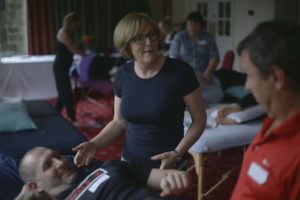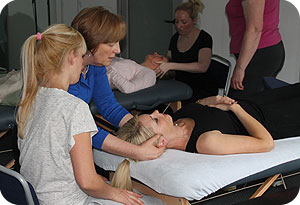I adore these two quotes, they came to mind just before the New Year. I have had a number of new patients in the  clinic who have walked in with statements such as ‘Have you checked your website as it’s really awful!’ or ‘What makes you so special’ or ‘I am sure you will be as good as ‘ Sarah’, all conveyed in a rather aggressive tone. I am sure we all treat these kinds of people.
clinic who have walked in with statements such as ‘Have you checked your website as it’s really awful!’ or ‘What makes you so special’ or ‘I am sure you will be as good as ‘ Sarah’, all conveyed in a rather aggressive tone. I am sure we all treat these kinds of people.
I treated each of these people very successfully, and kept them on as long term ‘wellness’ patients
It did lead to me to reflect how we get these patients to feel at ease, enabling us to treat them. I believe we have our principal ethics of empathy and compassion, embodied within us. These two quotes describe this well.
“Compassion: is not a relationship between the healer and the wounded. It’s a relationship between equals. Only when we know our own darkness well can we be present with the darkness of others. Compassion becomes real when we recognize our shared humanity.”
Pema Chödrön, The Places That Scare You: A Guide to Fearlessness in Difficult Times
“Empathy: The most powerful tool of compassion, empathy is an emotional skill that allows us to respond to others in a meaningful, caring way. Empathy is the ability to understand what someone is experiencing and reflect that understanding back.”
Brene Brown, Rising Strong
What is added to this is our values, and our firm believe that each person has the right to been seen as unique, not judged just accepted wholeheartedly. So they feel safe within their own fear, anxiety, and this is what makes the difference. People relax when they feel they don’t have to defend, feel they can let their guard down, leaving the nervous system calmer more able to be open for treatment. It is such an honour and privilege to witness people open to their own moment of deciding now is the time for change and trusting us with that process.
I find The Hendrickson Method is especially pertinent for me in that it allows me to be still within myself, which enables my own clarity of mind to be able to check in with my own stress, judgements or anxiety, which in turn allows me to come from a wholehearted non-judgmental place.
At this moment in time, when the world in general is not offering empathy and compassion, maybe we can effect change for people in their world which in turn affect others in theirs.


